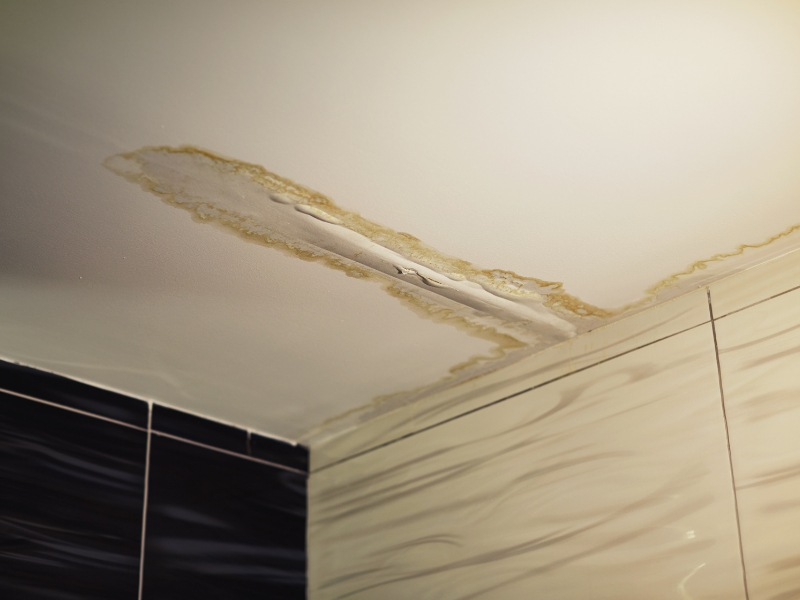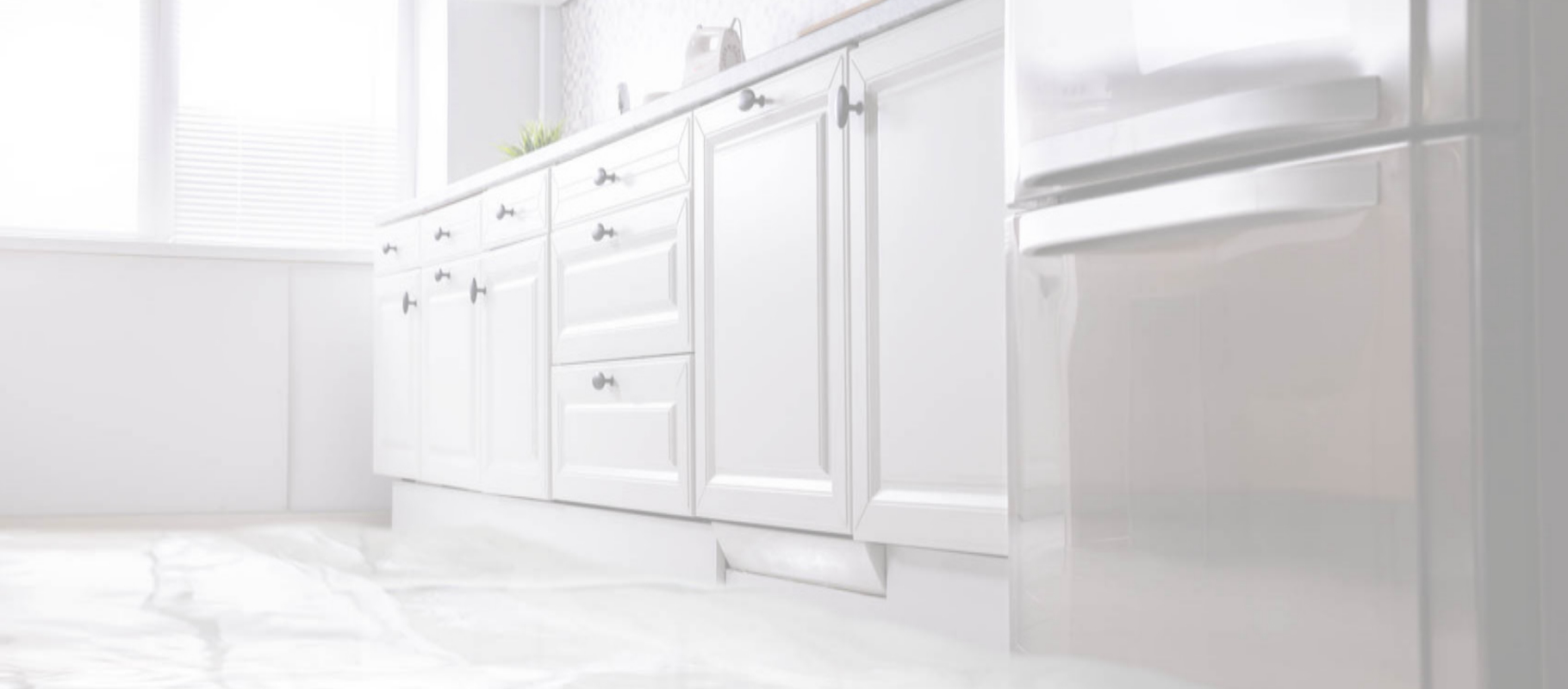24/7
Emergency Services
We Work Directly
With Your Insurance Company
We Help
Save You Money
Water Damage At Your Connecticut Summer Vacation Home: How To Get The Right Help, Part 2

If you have a second home, or frequently leave your primary home empty, water damage can cause major problems in only hours or days. In part one of this series, we explained these problems in detail. Fortunately, both prevention and restoration of these problems is possible. In this article, we will explain the steps you or your restoration contractor can take to find and even prevent water damage. Here are our best tips for Norwalk area homeowners.
Finding and Preventing Water Damage in Empty Homes
Water damage can come from many sources, so there are many things that you or your restoration contractor need to check on. Here are nine of the most important.
Maintain The Interior Temperature In Your Home
Connecticut has cold winters with many months of freezing weather. Be sure to keep your thermostat in an empty home set at no less than 60 degrees Fahrenheit during the winter months. This will be warm enough to keep pipes from bursting, and will protect the rest of the contents of your home.
Know Where The Main Water Shut-Off Is Located
Particularly if you have multiple homes, it can be easy for you or your staff to get confused. Make sure that anyone who will be staying or working in your home knows where the main water shut-off is located. A major leak can cause severe damage in minutes, and being able to shut the water off fast is important. Additionally, you may want to consider proactively shutting off the water and draining the plumbing system if a home will be empty for a long period of time.
Inspect Your Appliances and Fixtures
Although you can’t prevent every appliance malfunction, you can prevent many problems by checking your water-using appliances for leaks or supply line issues, and making sure they are regularly maintained and replaced before they get too old. Here are the important appliances and fixtures to check on:
- Refrigerators with water lines
- Dishwashers
- Sinks (and pipes underneath)
- HVAC systems (including air conditioning drip pans and drain lines)
- Washing machines
- Water heaters
- Showers
- Toilets
- Swimming pool pumps, filters, and heaters
Stay Connected With Remote Monitoring Solutions
Today’s technology makes it easy to monitor and adjust your home systems from almost any location. A wireless, programmable thermostat makes remote temperature monitoring and adjustment easy. There are also systems that can monitor water flow and detect leaks, and inexpensive, battery-powered individual water alarms that can be placed in leak-prone areas.
Look For Leaks, Moisture, And Mold
Before you leave your home for the season, check underneath sinks and around water-using appliances like dishwashers, refrigerators and washing machines for signs of leaks. Beyond obvious signs like puddles, look for flaking paint or black spotted marks on walls and trim.
Additionally, if your walls feel cold to the touch, if you notice a musty smell, or if your windows have condensation in the mornings, you may have high moisture levels in your home. This can be a sign of a hidden leak, and you should consider contacting a water damage restoration company to perform a thorough inspection and any necessary repairs.
Have A Sump Pump Plan
If your home has a basement, a sump pump is a critical part of making sure it doesn’t flood during heavy rain or spring thaws. Check to make sure that it is working, and that you have a backup power source and remote alert options in case it fails.
Keep Your Gutters Clean
Leaves, weeds, and other debris can block gutters, leading to water running down the side of your home and pooling on your roof. Keep your gutters clean to ensure the water goes where you want it to - away from your home.
Repair Any Roof Leaks
Check your ceilings and inside your attic for any signs of water leaking through the roof. Look for brown stains on your drywall or damp spots on attic joists. Outside, check the roof itself and any chimney flashings for signs of visible damage, and have anything you find inspected and repaired.
Both summer rain and winter snow can bring moisture into your home through damaged windows and doors. Check to make sure that all seals are intact, and that everything closes and latches securely with no gaps.
Never Leave Water Damage Untreated
Even with all of the preventative efforts listed above, unexpected things can happen, and your home may be impacted by a leak, flood, or major storm. If this does happen to you, the most important thing is to get help right away.
Leaving water damage untreated can cause serious structural problems to your home and create health risks for you and your family. If your vacation or primary home has sustained any type of water damage or mold growth, you should contact a water damage restoration professional immediately.
At Riverside Restoration Inc., we help homeowners in Greenwich, Fairfield, and all surrounding Connecticut communities, 24 hours a day and 7 days a week. Our experienced teams use advanced tools and techniques to dry and restore your home as efficiently as possible with the minimal interruption to you and your family. If you need help with finding or repairing water damage in your home, contact us today to see how we can help.
Need Help with Restoration & Remediation?
Contact Riverside Restoration

